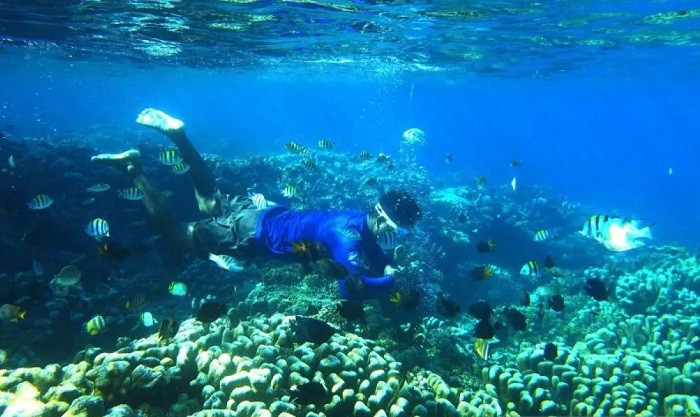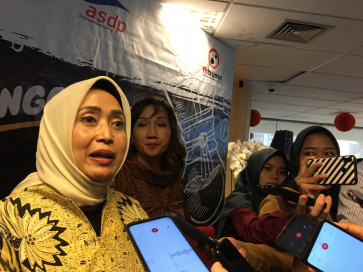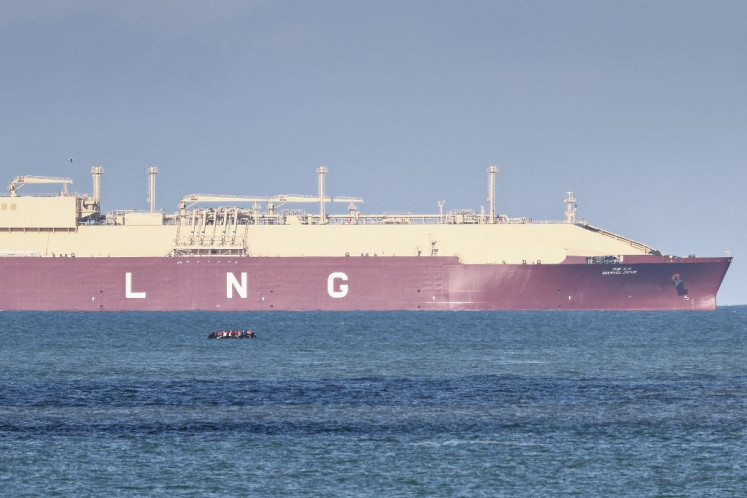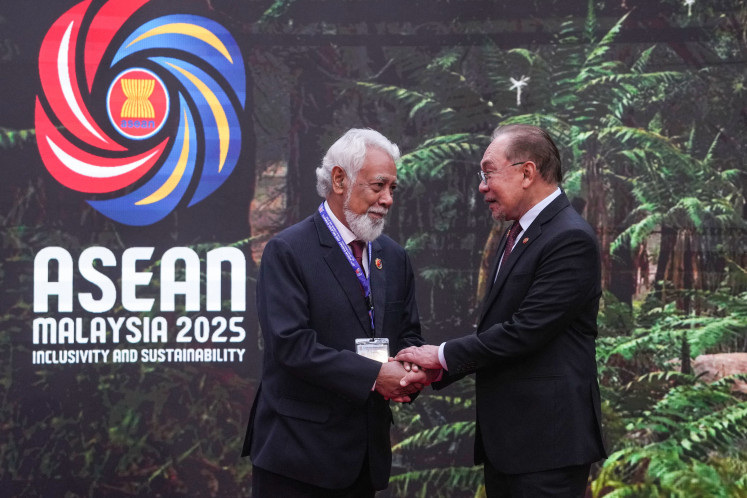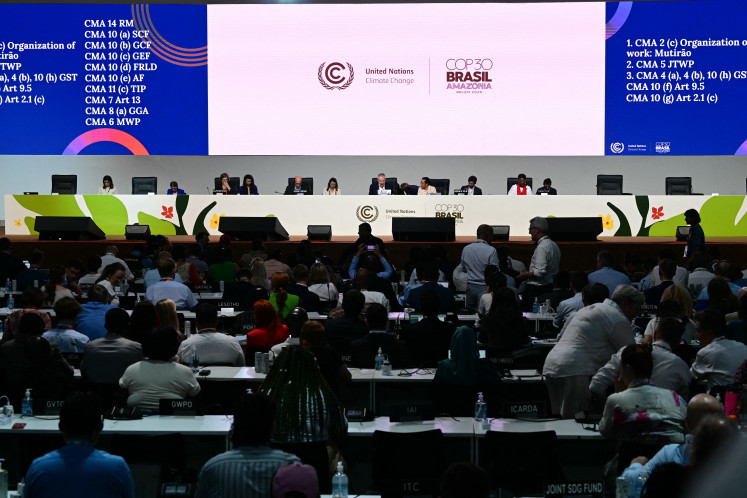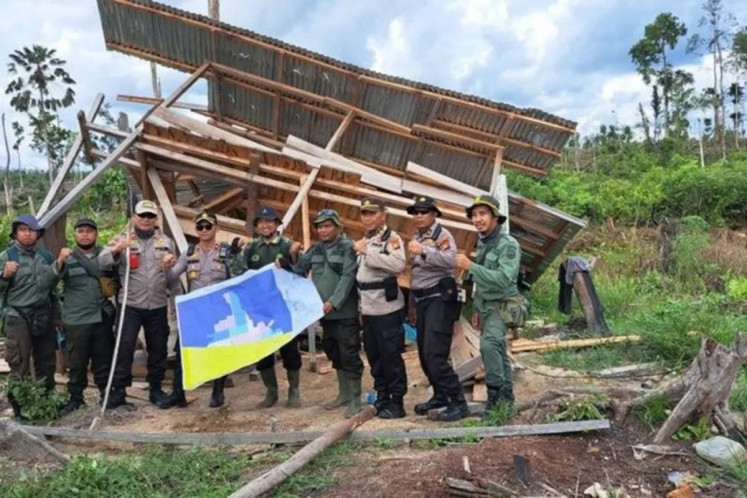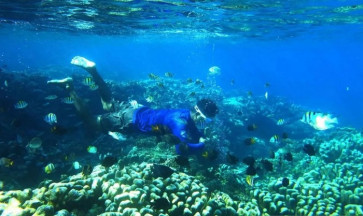Popular Reads
Top Results
Can't find what you're looking for?
View all search resultsPopular Reads
Top Results
Can't find what you're looking for?
View all search resultsBlue economy a new source for Indonesia's sustainable growth
If we could raise the utilization rate of the blue economy by up to 80 percent in the next five years, Indonesia’s GDP could increase by around 3 percent per annum to 8 percent.
Change text size
Gift Premium Articles
to Anyone
D
espite improvements in almost all aspects of human life and development since its independence 79 years ago, Indonesia remains a middle-income country with per capita gross national income (GNI) of US$4,870. To achieve its goal of becoming a developed, just, prosperous and sovereign country, Indonesian GNI per capita must exceed $14,005, according to the World Bank.
The nation is still grappling with a myriad of problems and challenges, such as a high poverty rate, stunting, malnutrition, food insecurity, low quality human resources, low innovation capacity and low competitiveness.
According to Indonesia Statistics (BPS) data, 26 million people or 9.2 percent of the country’s total population lives below the poverty line, which is set at Rp 580,000 ($37.58) in monthly spending. But based on the 2024 World Bank’s poverty line of $3.2 per day or $96 per month, the number of poor Indonesians is around 112 million, or 40 percent of the total population.
Worse, despite being one of the largest agriculture and maritime countries, Indonesia is still confronted with food security problems. Such irony is reflected in the fact that about 21.4 percent of Indonesian children are stunted, and 17.7 percent are malnourished and our dependency on food imports keeps increasing.
For instance, the import volume of six important food commodities (rice, soybeans, wheat, sugar, vegetables and salt) has increased from 13.5 million tonnes in 2018 to 14.2 million tonnes in 2023, according to BPS. Last year, total rice imports reached 3.2 million tonnes, and this year the government has planned to import 5.3 million tonnes, the second highest in the country’s history after 1998, when the nation imported 6 million tonnes amid a multidimensional crisis.
Amid climate change and escalating geopolitical tensions, nations with large populations will be at high risk if their food security highly depends on imports. Many food-exporting countries such as India, Vietnam, Thailand and Russia have already limited or banned exports of staple foods to fulfill national needs.
From an economic perspective, to escape from the middle-income trap, high growth (at least 7 percent per year) is not enough. The growth must be in quality (providing a large number of employment opportunities), inclusive (making all citizens prosperous on a fair basis), environmentally friendly and sustainable.

